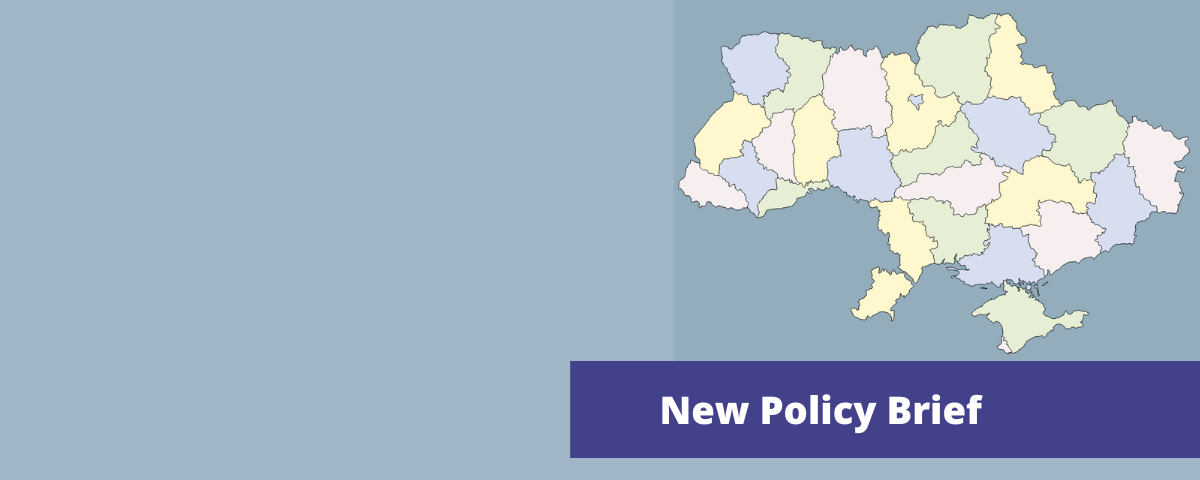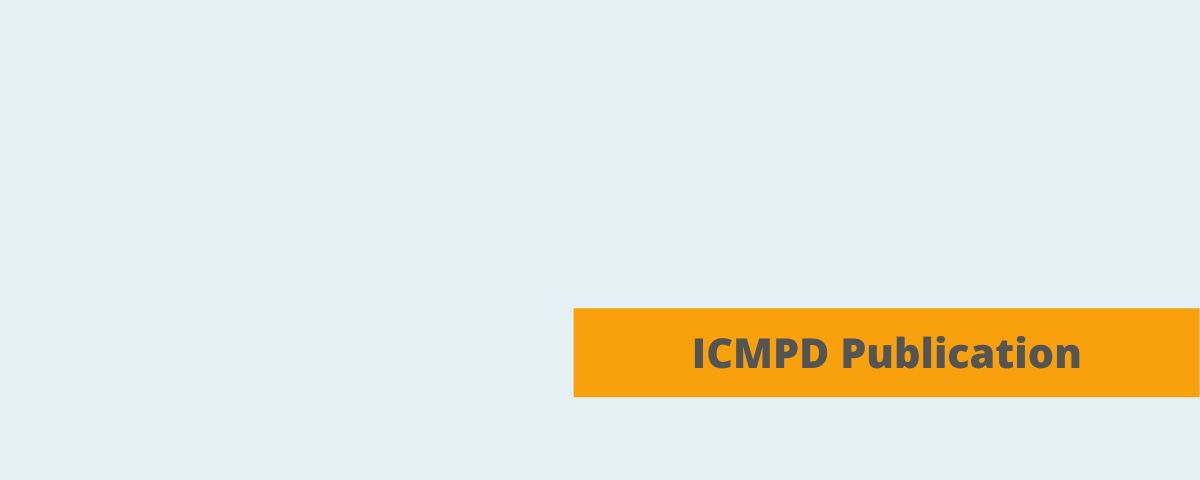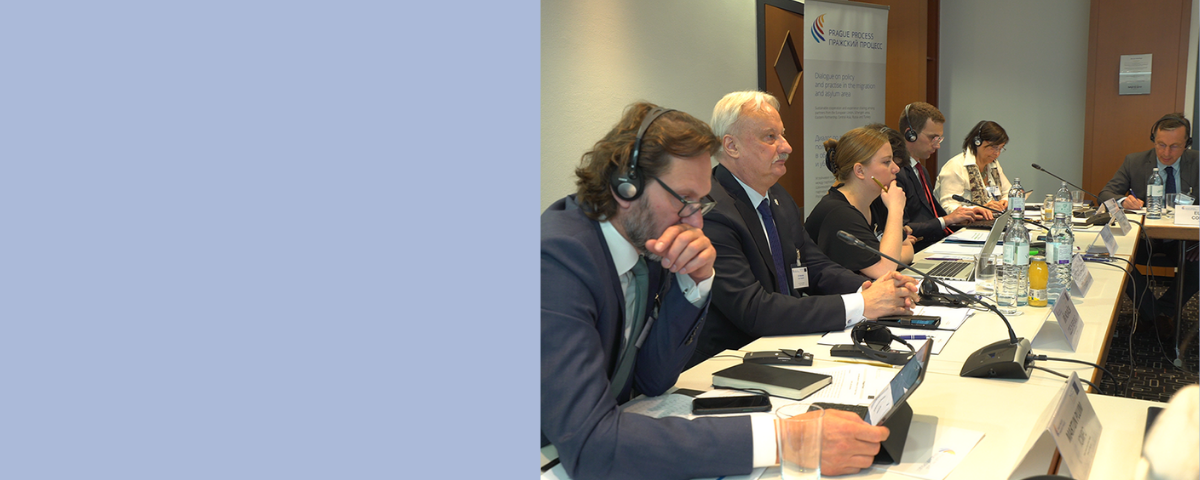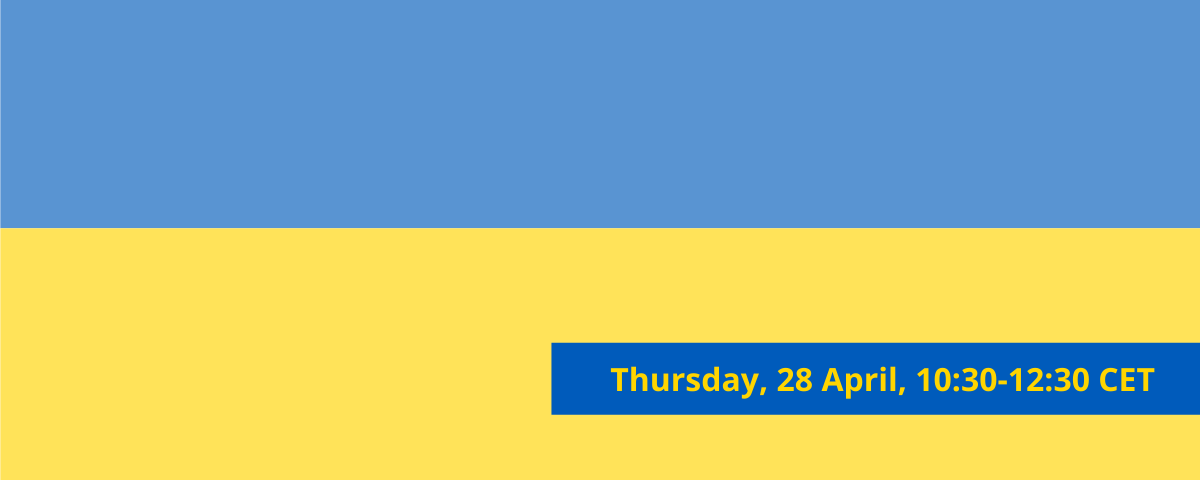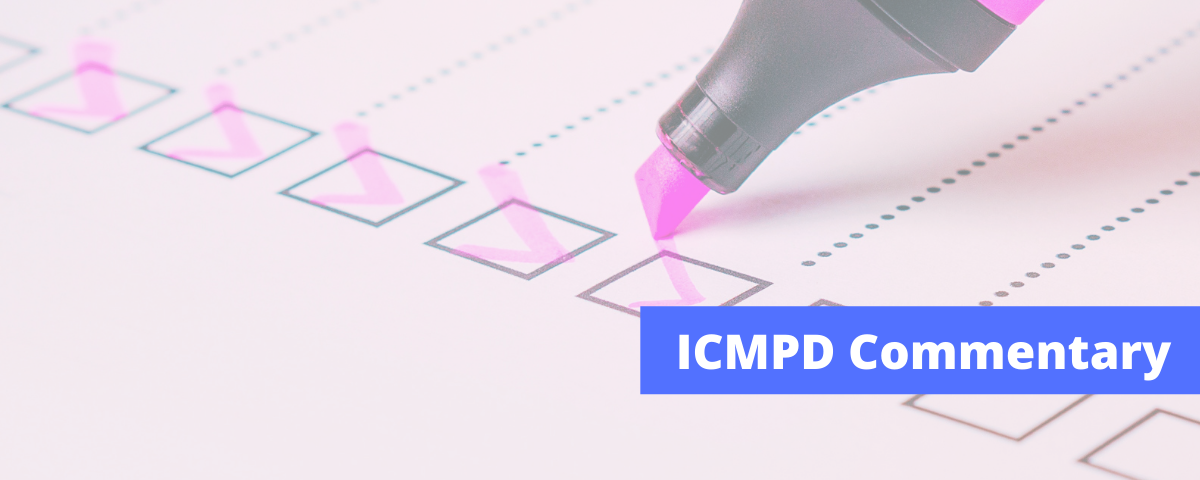The 3rd Prague Process Policy Talk ‘Learning from 2021: What migration dynamics and policy developments to expect in 2022?’ with Mr Jean-Louis De Brouwer, Director of the European Affairs Program, Egmont Institute, and Mr Ralph Genetzke, Director, ICMPD Brussels Mission, took place on 20 January 2022. The talk was moderated by Ms Malin Frankenhaeuser, Head of Policy, ICMPD.
Following their first Policy Talk in January 2021, the two distinguished panelists met again to check in how far their expectations for the past year came to reality. Building on the main lessons from 2021, they looked into the year ahead.
How will the COVID-19 pandemic affect migration and mobility in 2022? What policy developments in the area of asylum and migration can we expect at EU level and beyond? What are the prospects for the wider EU neighbourhood? What migration dynamics can we expect? How can the Prague Process contribute to improving migration and mobility across the region? Or is the worst yet to come?
Jean-Louis De Brouwer and Ralph Genetzke tried to address some of these questions in a discussion moderated by Malin Frankenhaeuser.
You may watch the recording in English and Russian.
